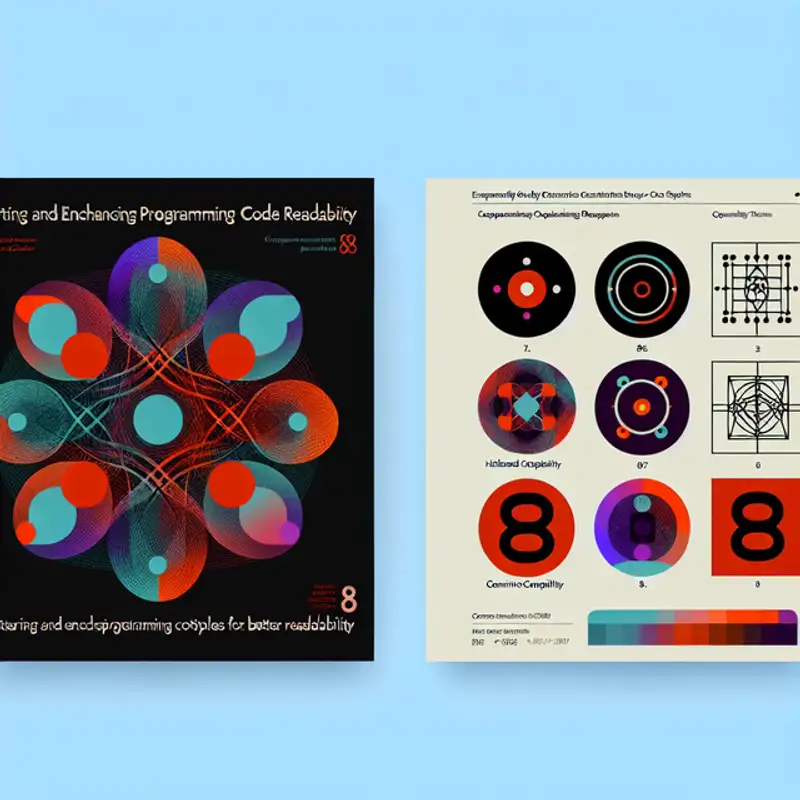Welcome to another episode of Code Clarity, the podcast where we take complex programming concepts and break them down into clear, actionable takeaways. Today, we’re diving into an article from the SeeingLogic blog, titled "What Makes Code Hard to Read: Visual Patterns of Complexity." The author investigates why some codebases, even high-quality ones, can feel mentally exhausting to read. The usual culprit—cyclomatic complexity—wasn't to blame. Instead, the difficulty came from a set of visual patterns that make code less readable. We’ll explore key metrics like Halstead Complexity and Cognitive Complexity, and most importantly, we’ll break down eight crucial patterns you can use to improve the readability of your code today!
Key Takeaways:
- There’s No Universal Code Readability Metric – While we have complexity metrics like Halstead and Cognitive Complexity, readability remains subjective and context-driven.
- Halstead Complexity Metrics – Measures code readability by counting distinct operators and operands, with the idea that more operators and operands increase cognitive burden.
- Example: A simple odd/even function is much easier to read with fewer operators.
- Cognitive Complexity (Developed by SonarSource) – Focuses on three core ideas:
- Less shorthand = easier to understand.
- Each break in a linear flow adds difficulty.
- Nested control structures make code significantly harder to follow.
- 8 Patterns for Better Readability:
- Keep Functions Small – Fewer lines, variables, and operators = better readability.
- Avoid Novel Syntax – Stick to familiar patterns; don’t overuse tricky shorthand.
- Logical Grouping – Break up long function chains into helper functions.
- Simplify Conditionals – Keep conditional expressions short and avoid mixing logical operators.
- Use Gotos Carefully – If absolutely necessary, only in predictable error handling.
- Minimize Nesting – Deep indentation is a red flag. Refactor into separate functions.
- Distinct Variable Names – Avoid ambiguous names and variable shadowing.
- Prefer Shorter-lived Variables – Variables with long lifetimes become hard to track.
- Code Clarity Matters – The author argues that a highly readable codebase prevents hidden bugs and improves maintainability, even when written by top engineers.
- Final Thought: "The person who is most likely to read your code a month from now is you."
Readable code is maintainable code! Think about these eight patterns the next time you write or review code. If you enjoyed this breakdown, be sure to follow Code Clarity for more insights into software engineering best practices. Happy coding! 🚀
Link to Article
 Episode
Episode